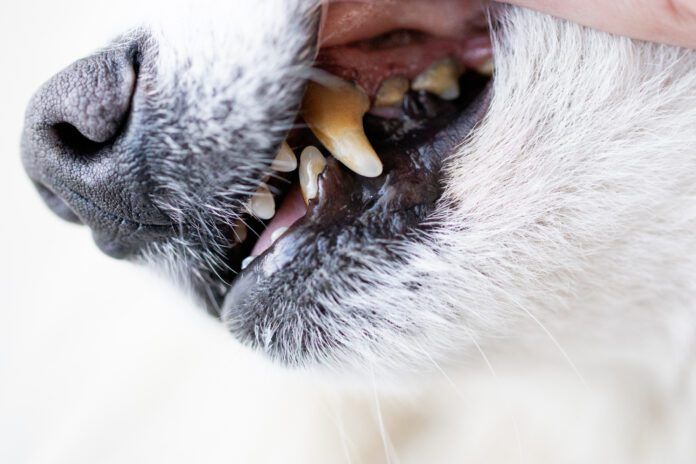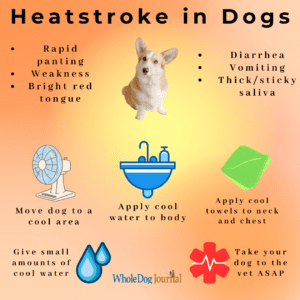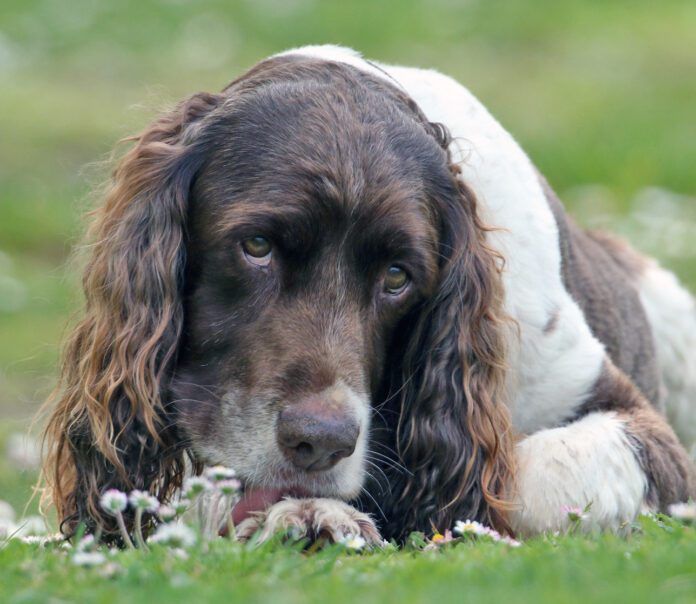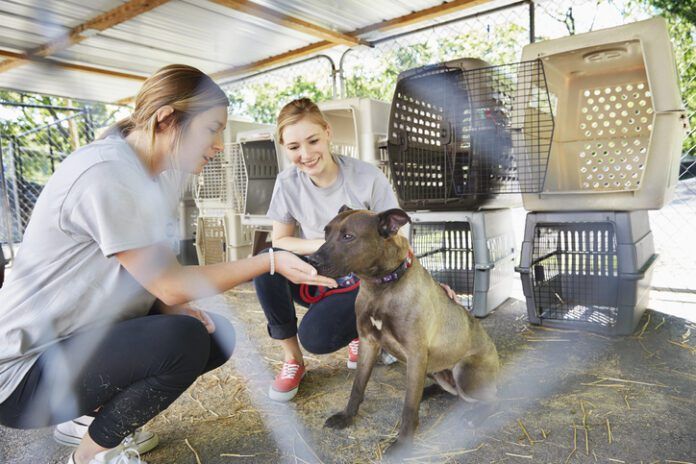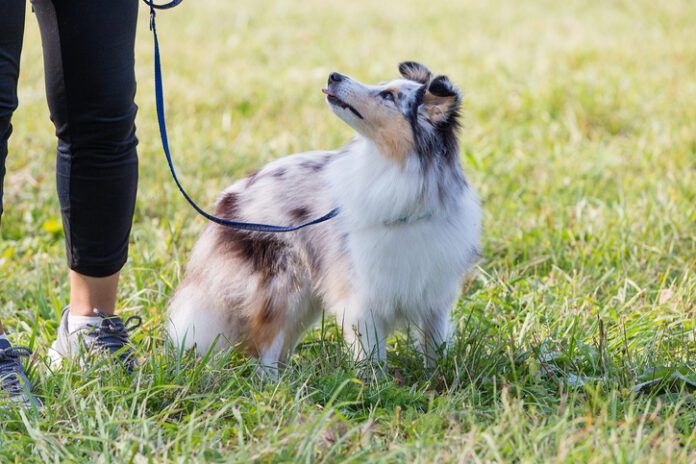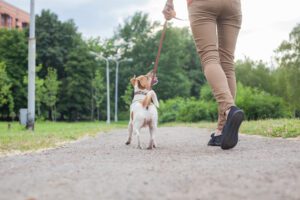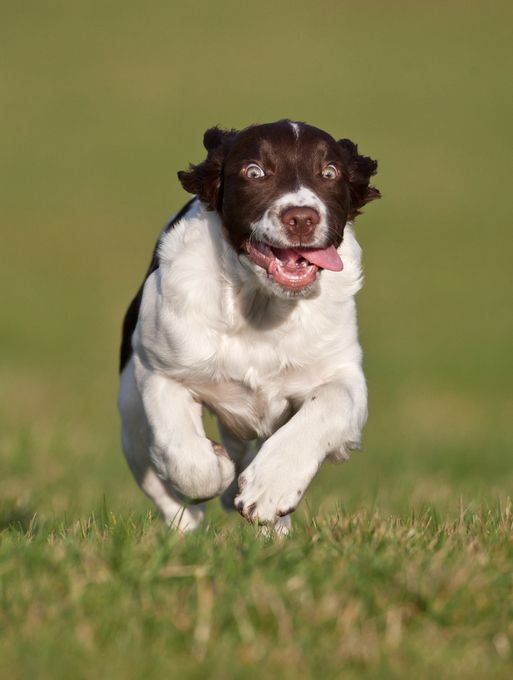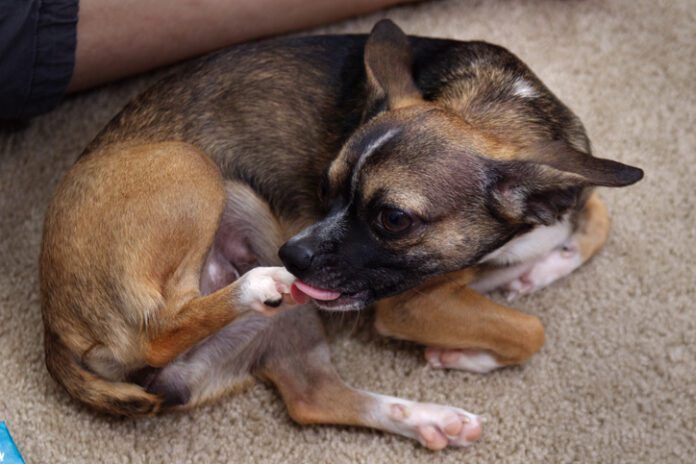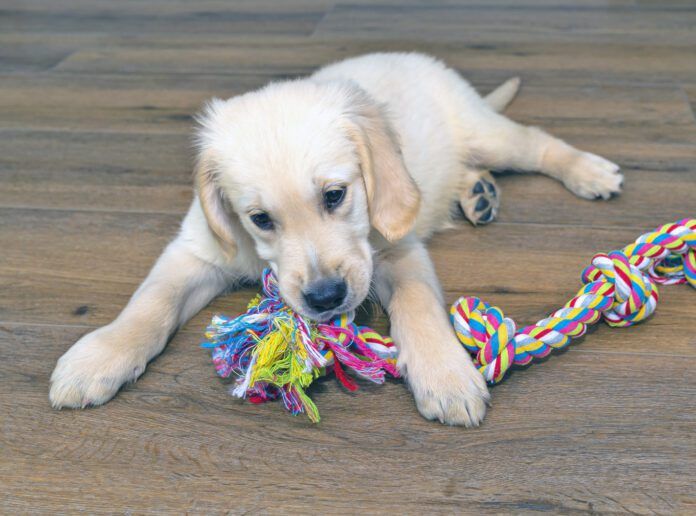Why does my dog excessively lick everything, including the floor and the air? How can I stop this excessive licking? It’s constant.
The answer depends upon why your dog may be licking, which means you need to pay attention to when he licks, where he licks, and how he reacts. If the licking is not truly obsessive, it might just be his way of exploring the world, and that’s OK.
Licking Due to Pain
If it’s truly constant licking, the dog is probably dealing with pain or an injury. Painful areas that get licked tend to be joints, which means hips, stifles, and carpus (wrist). A trip to the veterinarian is wise to determine if there’s an injury, arthritis, or other cause and what the best treatment may be.
If he is licking his feet or groin or nails, your veterinarian will check for possible yeast infections. And, if his licking is more like chewing, then parasites such as fleas are most likely the cause.
No matter how you turn this, the dog is licking because he doesn’t feel well, and the way to stop it is proper veterinary treatment.
While we associate licking haircoats with cats, some dogs, especially those with short, tight coats, lick as part of their self-grooming habits, relieving uncomfortable mats or spots. If this is constant, an appointment with a dog groomer may be in order.
Licking Other Dogs
Dogs will often lick other dogs, especially ears, which may indicate an infection that needs treatment in the dog being licked.
Puppies and young dogs will often lick the mouths of other dogs. There are two strong possibilities for this:
- In the wild, this would stimulate the adult to regurgitate food for the puppies.
- Licking other dogs can also be a submissive behavior or be an expression of anxiety.
Licking, including licking you, also may be a sign of affection.
Licking and Scent
Since dogs rely heavily on their sense of smell to learn about the world around them, licking seemingly weird things makes sense. Licking moves scent molecules into the body. The vomeronasal organ, which handles the dog’s sense of smell, is located on the hard palate (roof of the mouth), so licking brings that scent right to the perfect spot.
A dog licking the floor is most likely picking up faint odors of food, cells from where a person or another animal has walked, and any number of fascinating smells that have drifted onto your floor or carpet.
Search-and-rescue dogs as well as tracking dogs will often mouth or lick the “scent object” provided to them as they start work. These dogs also often sniff or lick the air to detect subtle odors. You have probably noticed your dog “air sniffing.” For a working dog, that could lead them to a lost child, for your pet, however, he’s probably heading for the neighbor’s cookout and a free hot dog.
How to Stop Licking
Stopping excessive body licking can be difficult, but it needs to be done. Dogs who have licked enough can cause a nasty wound, called a lick granuloma, that may require antibiotics, anti-inflammatories, a physical barrier such as an Elizabethan collar, anti-anxiety medications, or even surgery in drastic cases.
Let Your Dog Be a Dog
Allow your dog to naturally lick to smell things, learn about the world around him, and simply enjoy the varied scents in the world. That type of lick-associated exploration shouldn’t be obsessive enough to bother you, but if it is, then the help of a certified fear-free trainer or veterinary behaviorist may help you rule out some type of anxiety causing the dog to obsessively lick.





